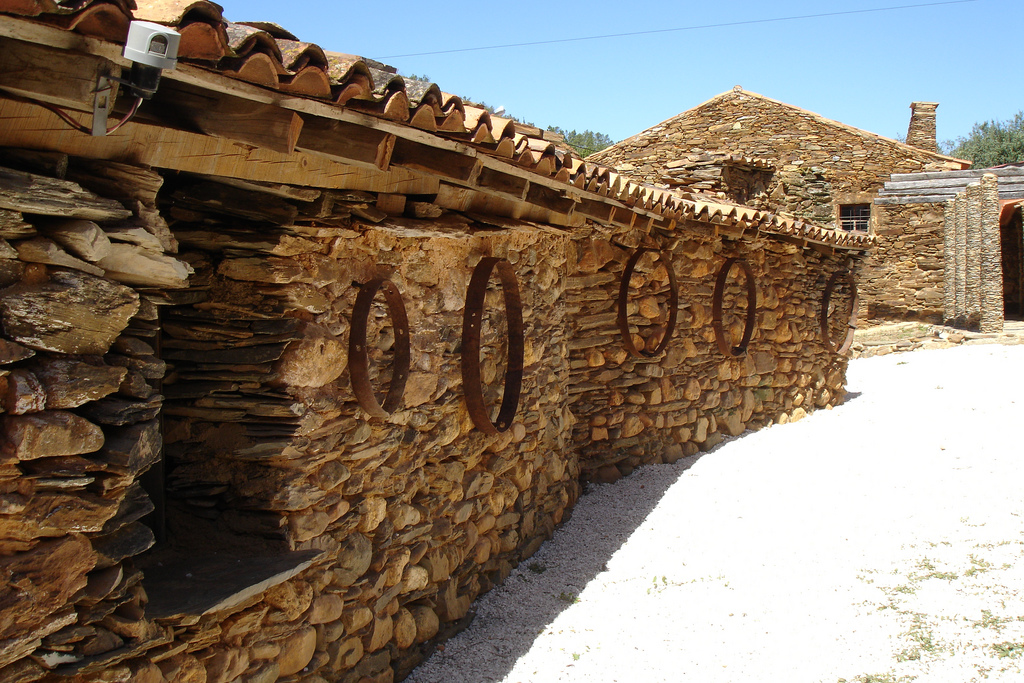Schist Villages
The Schist Villages keep the greatest secrets of Portugal, between the mountains of vegetation and massive limestone and schist, its inhabitants are delighted to unveil them. In this world the hours pass slowly, its people tell the stories, arts, traditions and flavors naturally to visitors share what they are dearer. Among castles, schist houses, monuments, museums, restaurants, grandma food, these villages out of a fairy tale just to delight us. There are thousands of ways to know, both for hiking, canoeing adventures, abseiling, climbing or slide, bike trails or mountain biking, the moment of relaxation is just what you live here.
Portugal is very proud of its 27 villages shale which are the hills of Lousão and Açor, spread to the Serra da Estrela, on the banks of the river Zêzere. So here we are presented four lines of villages: Serra da Lousã, Açor, Zêzere and Tejo-Ocreza.
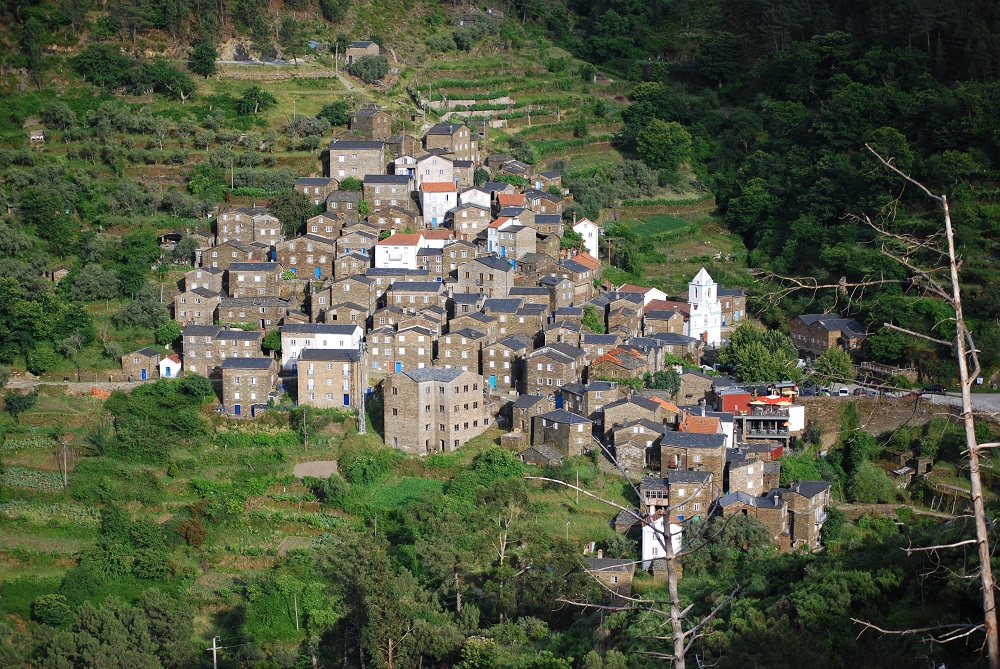
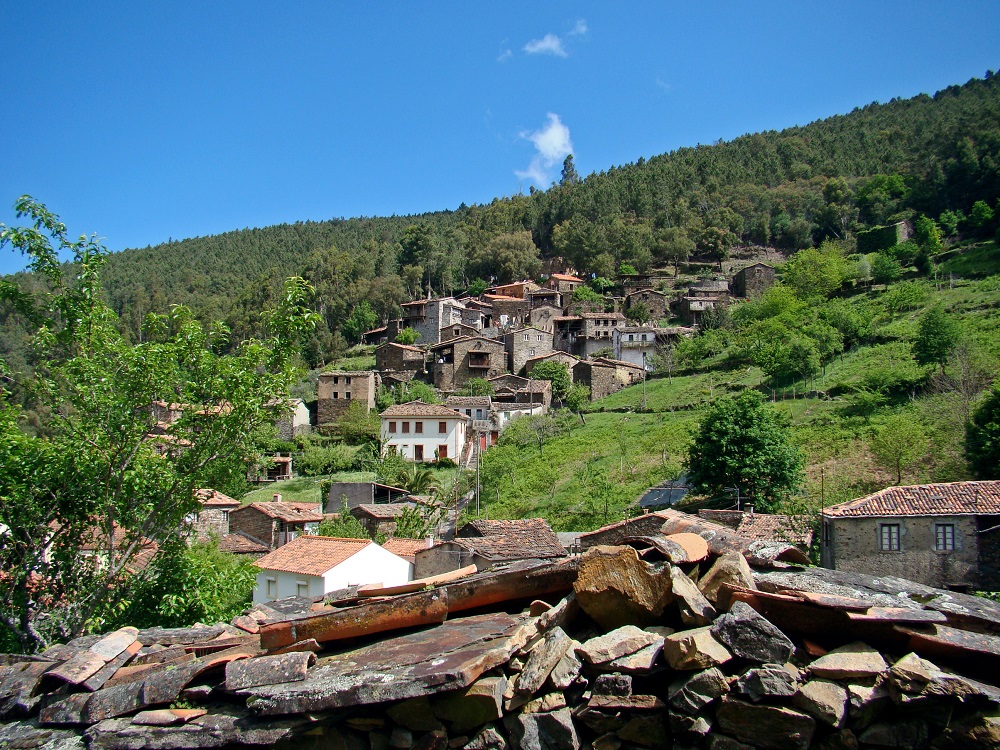
Serra da Lousã
Aigra Nova
Divided into three streets, this simple village urban area with a low building, is a climate conducive to livestock and agricultural practices. In this village we can observe the magnificence of Lousã and the wildlife that lives there, and joining the friendliness of its people, their visit becomes unforgettable.
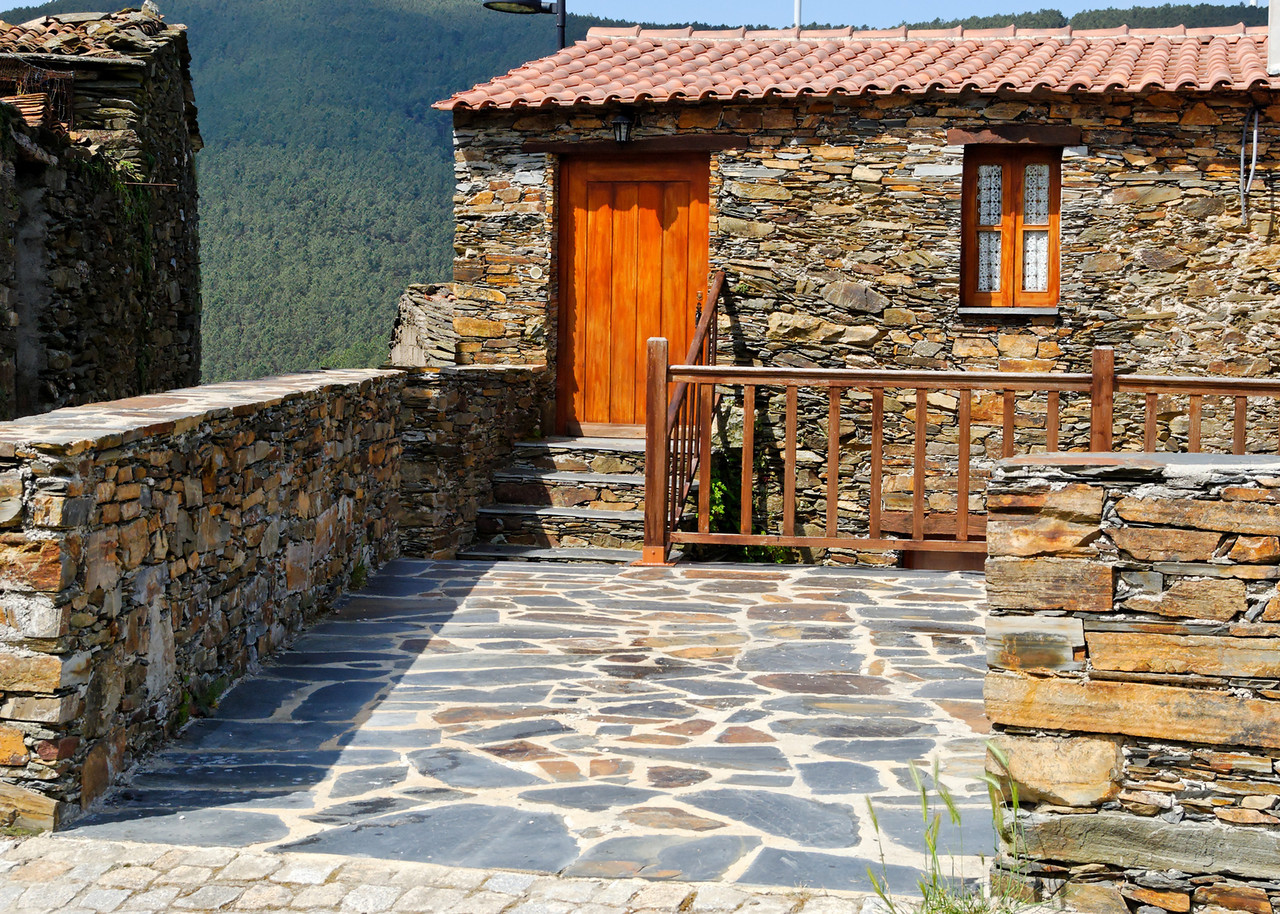
Aigra Velha
With an altitude of 770 meters, easy access, this is the summits of the mountain. A small group that gets involved in a unique landscape value, both for the sheer slope of Lousã as the grazing fields, the Penedos de Gois, the forest park of the Eighth or the Ribeira da Pena.
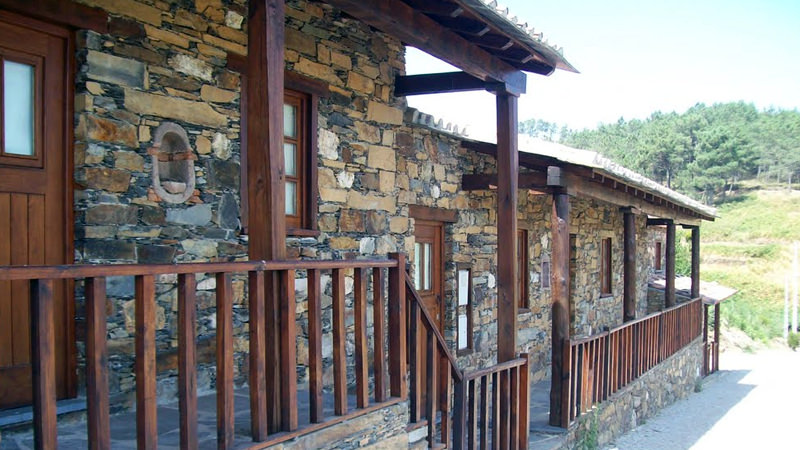
Casal de São Simão
With just one street and a fountain singing the songs of water Alge Ribeira. Accompanied with a path that leads to the beach in Sao Simao Fragas. In this village, the houses are being restored with his own hands the new villagers, a work of living, which brings together the new with the elders of this small village of quartzite . This is one of the flanks of the quartz ridge that originated the Fragas de São Simão, having the oldest temple of Figueiró municipality of wines.
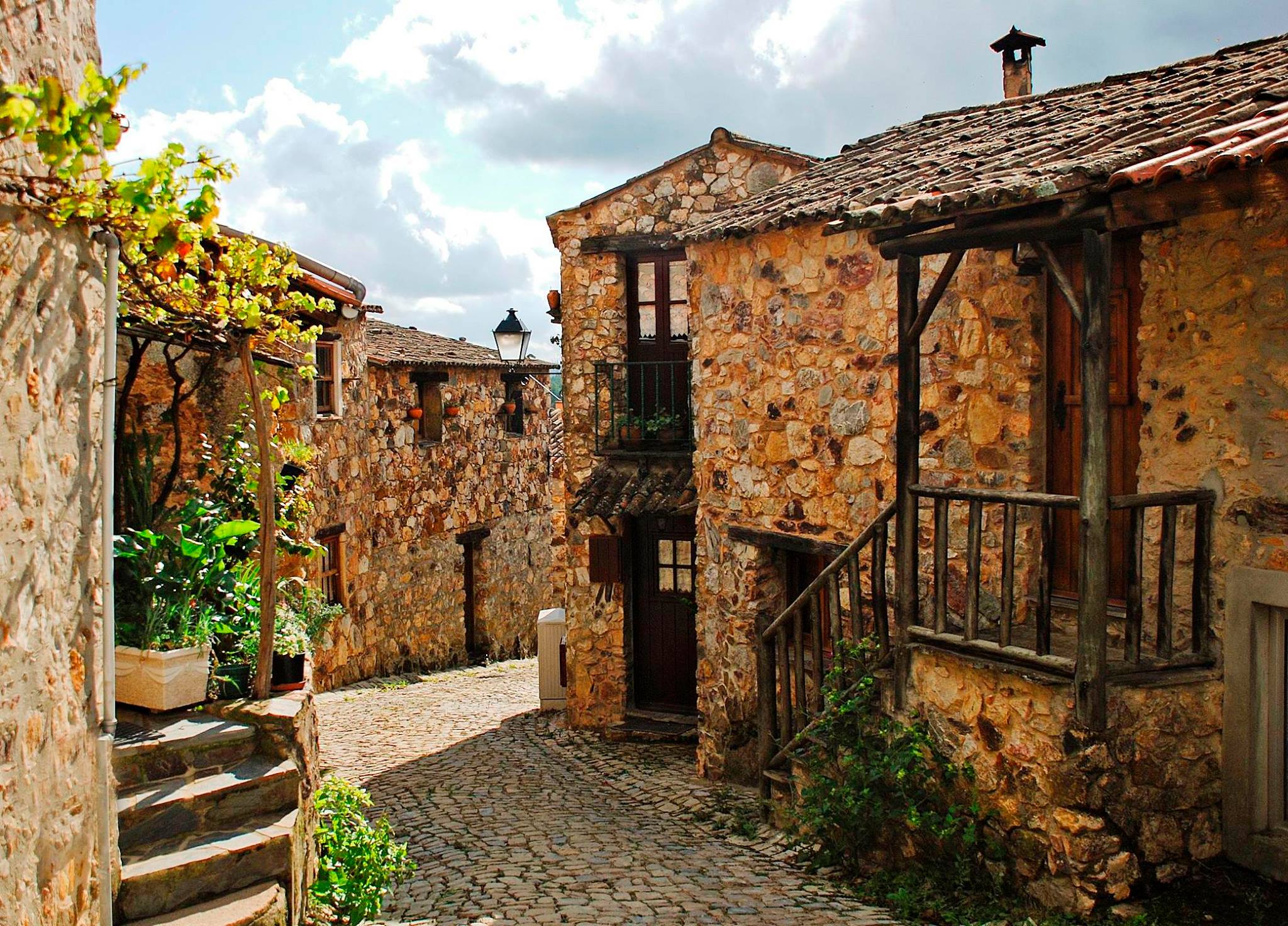
Chiqueiro
Inhabiting here just a couple, accompanied by his flock, this village stopped in time, where the two water lines to delimit and the surrounding green protects urban schist dark and simple mesh.
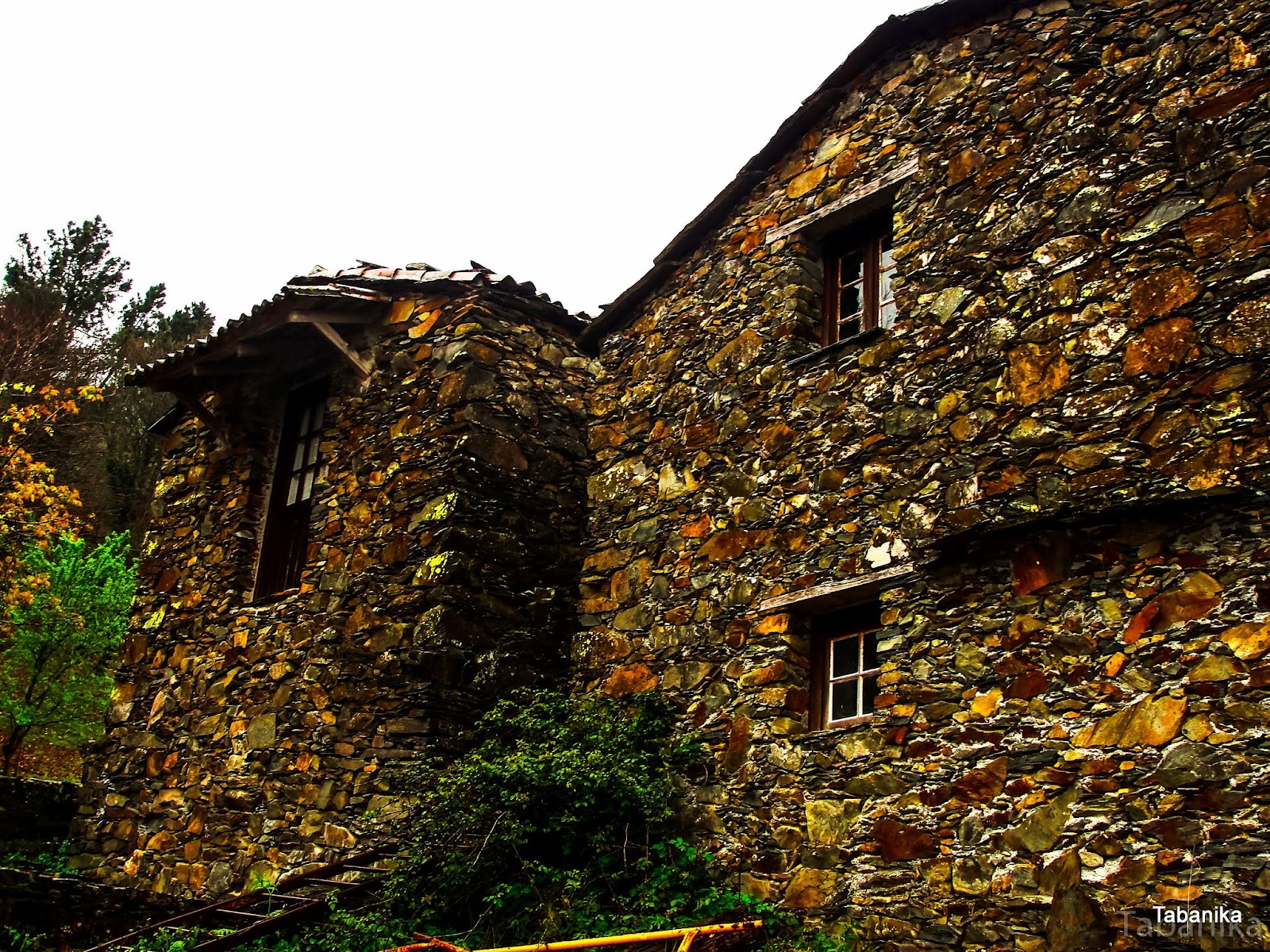
Comareira
The perfect place to desconetarmos in the world, this magical village accepts and lets explore its charms in exchange for a smile. Sit on a bench and watch the beauty of the surrounding, by seeing the sunset or sunrise this, just enjoying the moment.
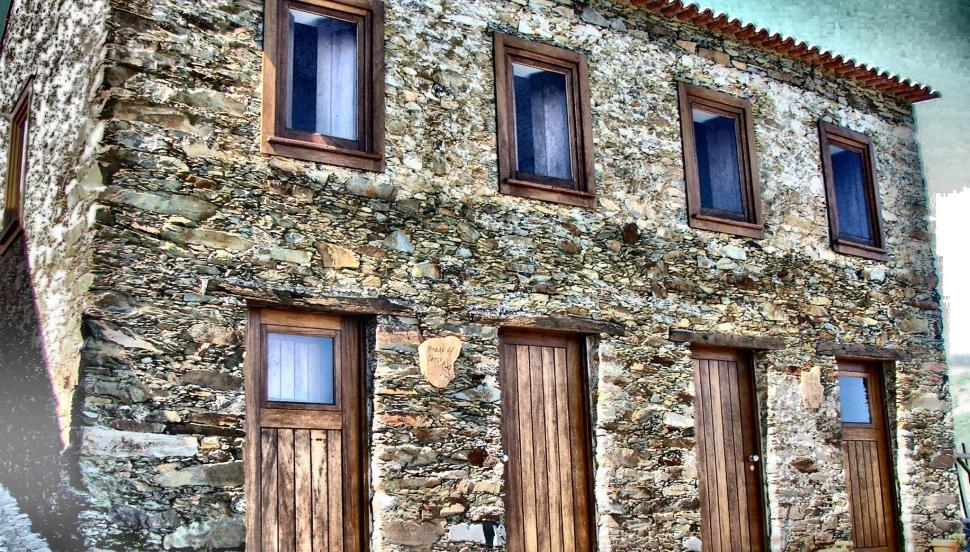
Gondramaz
It developed through the main street offering a plate with a poem by Miguel Torga to wish welcome. This village covered from head to toe by a specific hue of slate, which stands out over the others, along with the ground worked by the skilled hands of charismatic figures. Concluding that this village is a masterpiece of nature, this is surrounded by the magic vegetation that plays every day a single melody to the village.
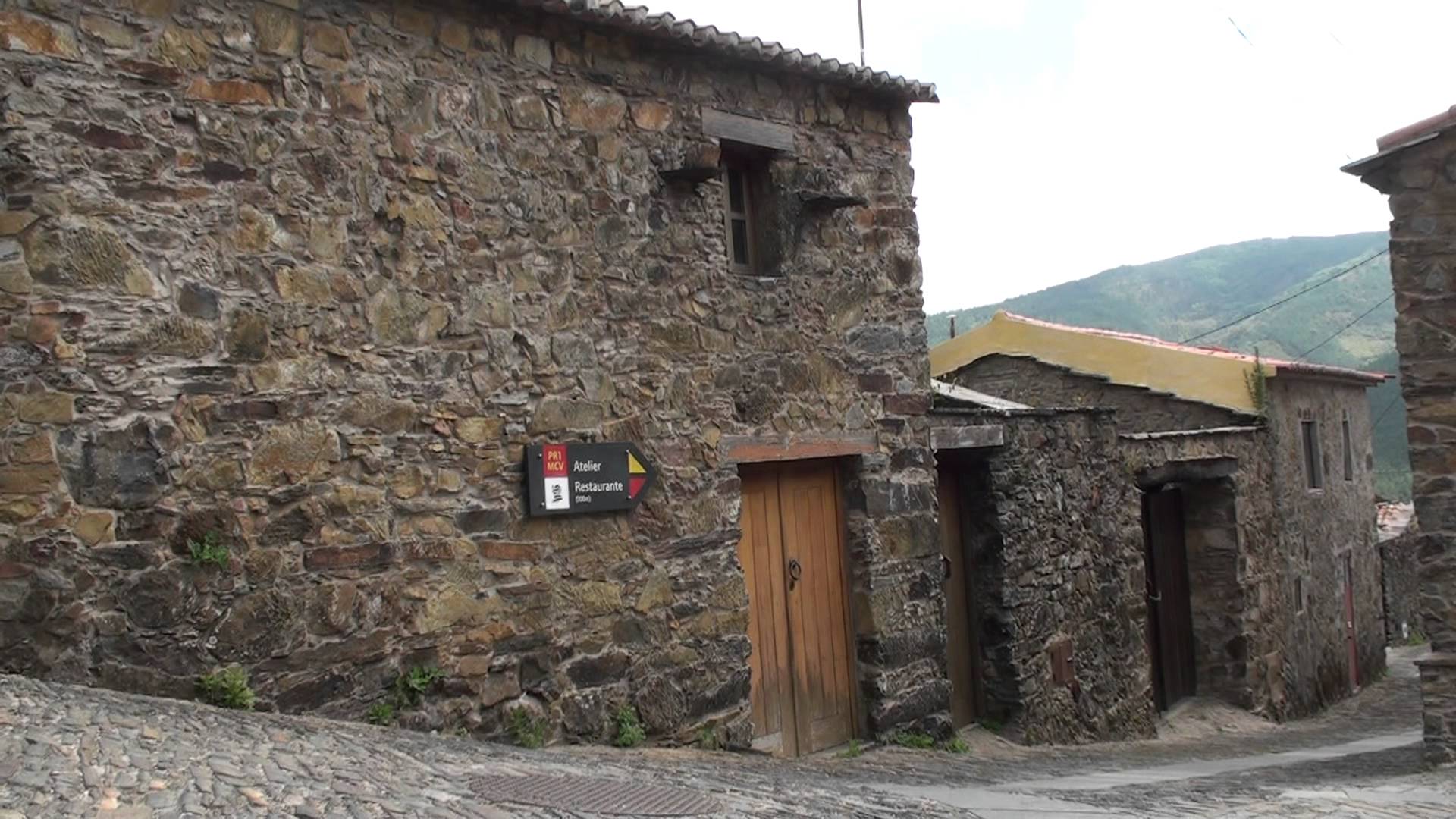
Candal
Positioned along the national road that links Lousã to Castanheira de Pera, this is close to the watershed of the St. John’s College. Its cluster is nestled in the hills, and when reached its top, climbing the steep streets, the belvedere presenta here offers a view of the Ribeira Candal.
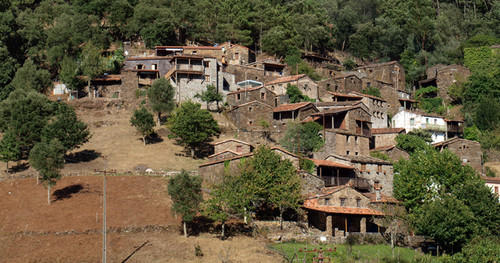
Cerdeira
A misaligned contrast of schist buildings with green natural surroundings, this village is located on a rocky hill, with a terraced staircase engineering to ensure that during the rains, the land not desabassem. A magical village that invites you to intimately know the slate floor and the romantic setting that perspire it, along with the botanical aspect that feeds the dreams of an idyllic village.
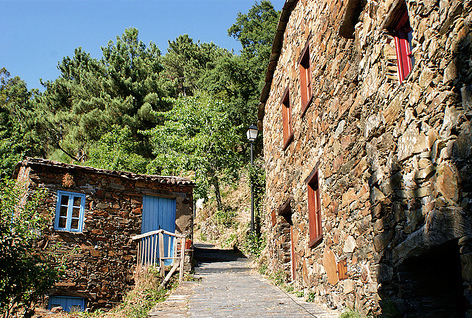
Casal Novo
In the fold of a hill with a steep slope and infiltrated an arboreal environment, this village is cloaked in a simple urban environment, and that its top you can see Lousã and its castle.
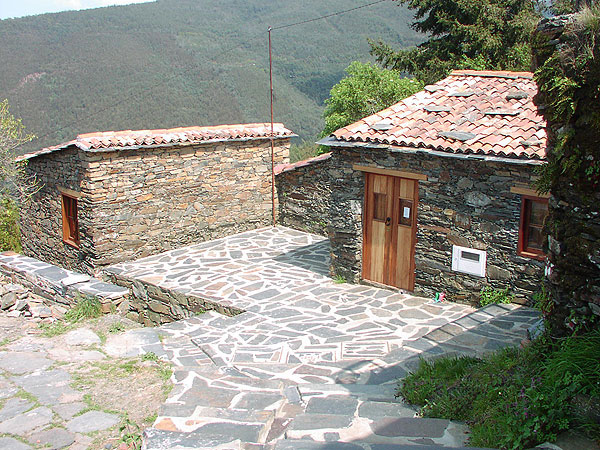
Ferraria de São João
Its urban fabric evolves with its people, which from day to day, from year to year have been investing in their homes, being more modern and desirable, in this village the population is growing with the progress of time, trying to keep it active with activities and social gatherings. Your ex-libris through the set of Community corrals in the mounted edge of cork.
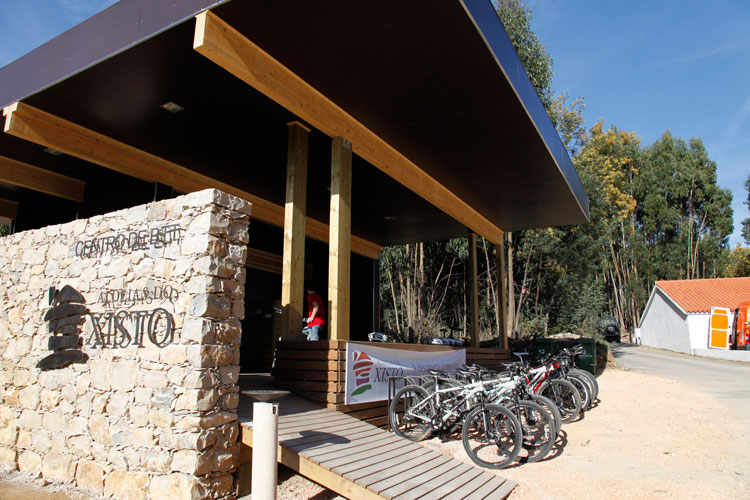
Pena
A fatally beautiful combination of schist and quartzite, this village is guarded by a secular chestnut to its entry. This was developed over a promontory, which has become a challenge for the construction of houses, but remained and provides a beautiful landscape to the Penedos de Gois and the river that offers crystal clear water.
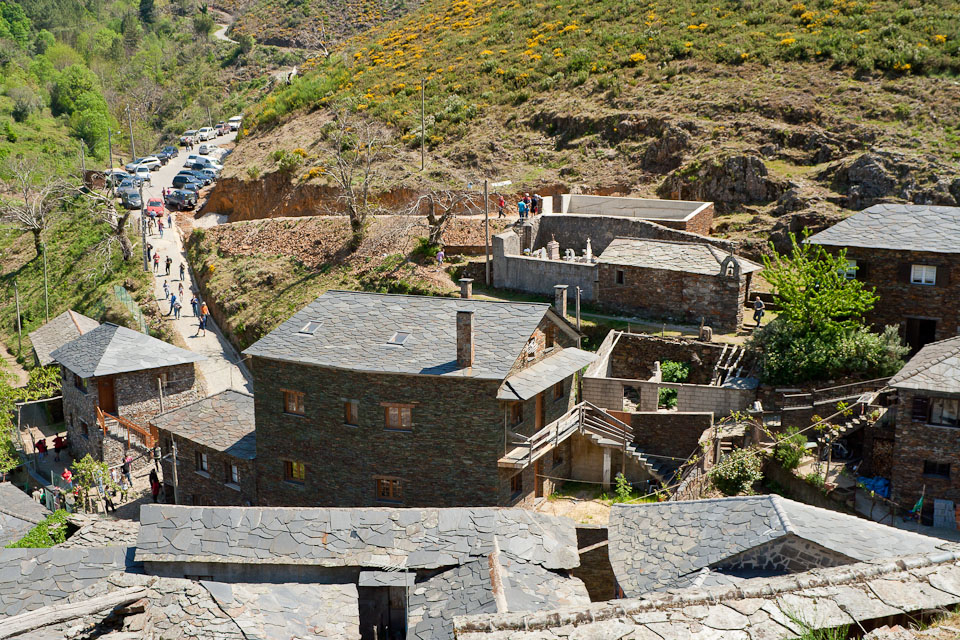
Talasnal
The most charismatic of the Schist Villages of Lousã, this is many years, one that entices the eyes and wills, with a modern urban environment that leaves decorate the branches of the vines. Staying in this place is like diving in a fairy tale, surrounded by a unique and beautiful vegetation that leaves accompanied by a curious fauna by the activities developed here.
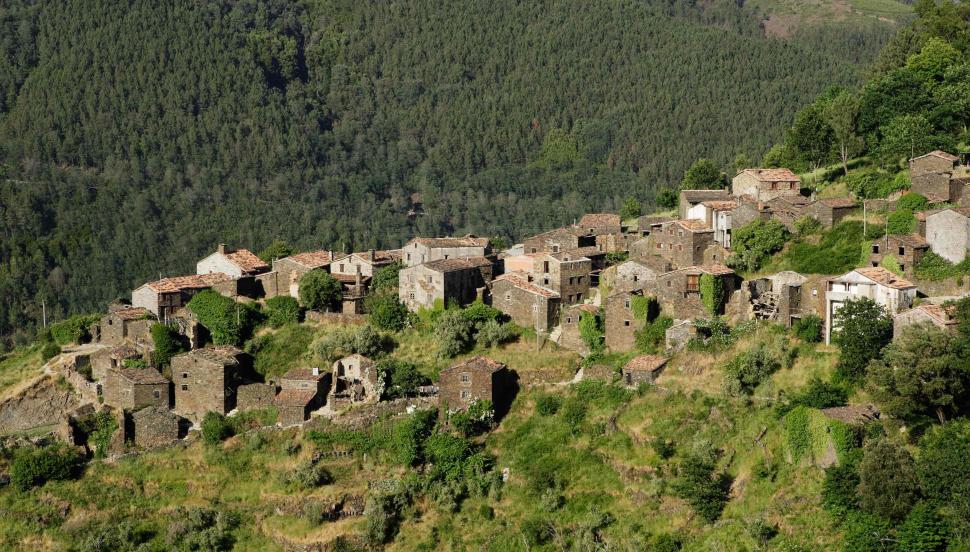
Serra do Açor
Aldeia das Dez
In Alvôco overlooking the river, this charming village in granite presents a view of the beautiful mountains of Serra da Estrela. In its heritage there is the Mother Church with an interior decorated with gilt. Its people receive the curious, offering a arbutus liqueur, an abundant fruit in your region or jam to taste.
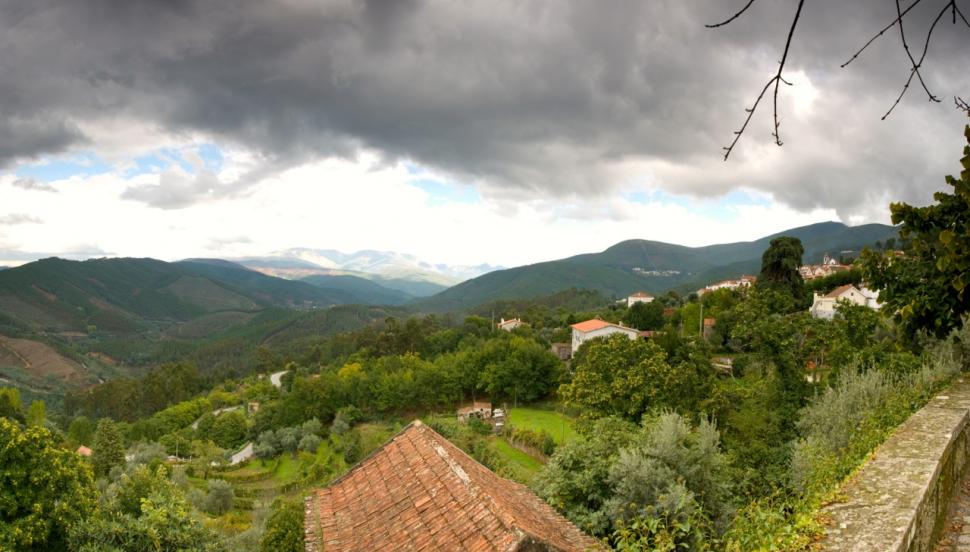
Benfeita
Regarded as one of the white villages of this network, this is close to Fraga da Pena and Forest Margaraça, one of the most important deciduous forests of Portugal. Among the banks of the Carcavão and the forest, this village is mandatory to climb the Source of the Flies for its full appreciation and observation of the Peace Tower in shale, you want to tell your story.
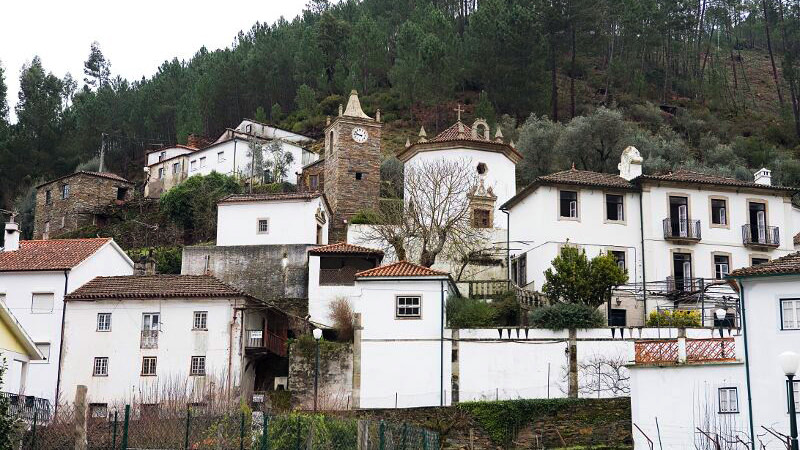
Fajão
An ancient village, which fits in a picturesque shell of a mountain rising over the Ceira River. This is in rehabilitation since 2003, presenting more modern but never losing its picturesque and rustic way. Earning a museum that holds the name of Monsignor Nunes Pereira, which houses a collection with woodcuts, watercolors Fajão and objects belonging to the village history.
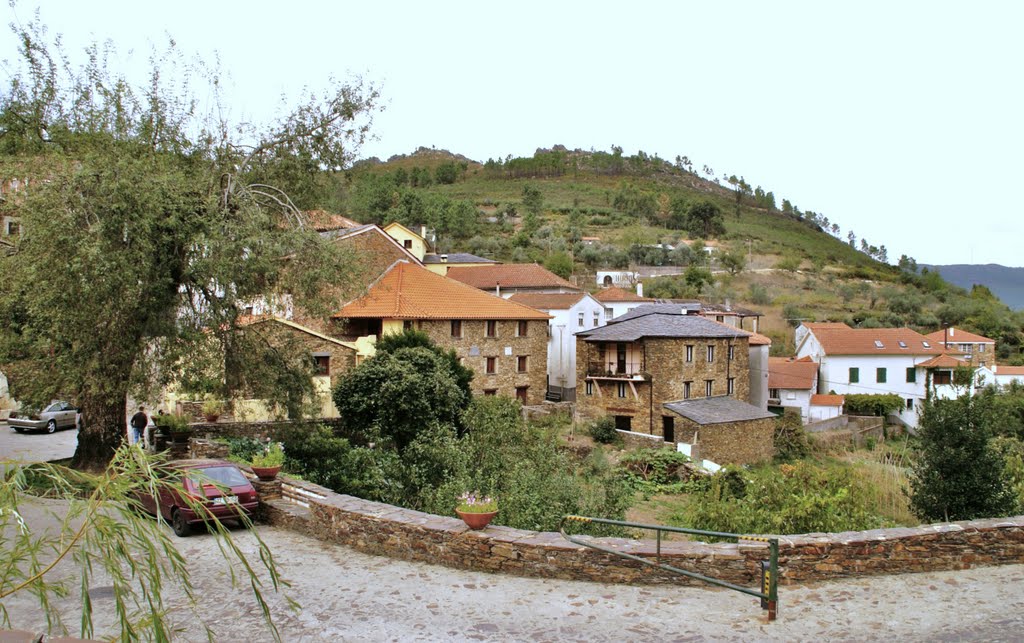
Sobral de São Miguel
One of the largest clusters of buildings in schist in the country, this village comes the name of “heart shale”, here is exported its raw materials to the world. Your visit is a must, starting the taste, sampling a sour cherry accompanied by a rather spicy chorizo or the sardines or cod, which is delicious with honey and bread out of the oven. But nothing better than to eat and watch all the natural surroundings that this village offers.
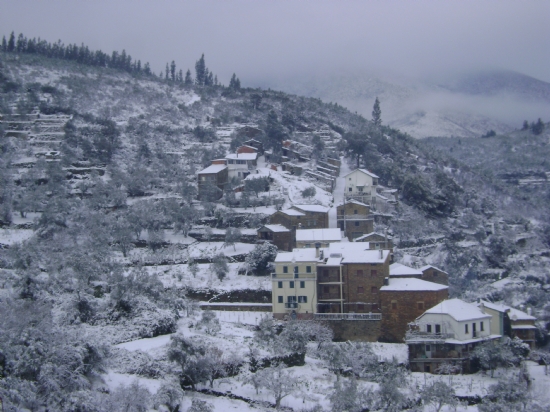
Vila Cova de Alva
In the landscape background, the river Alva runs in a clear way to be inviting to long walks along its banks full of vegetation. This village has the greatest monumental complex counting on the Square Matrix Church and Pillory from the seventeenth century, between how the Solar dos Condes Guard, Solar Abreu Mosque, the building of Osórios Cabrais or the Quinhentista Street, nothing better that touring these buildings shale.
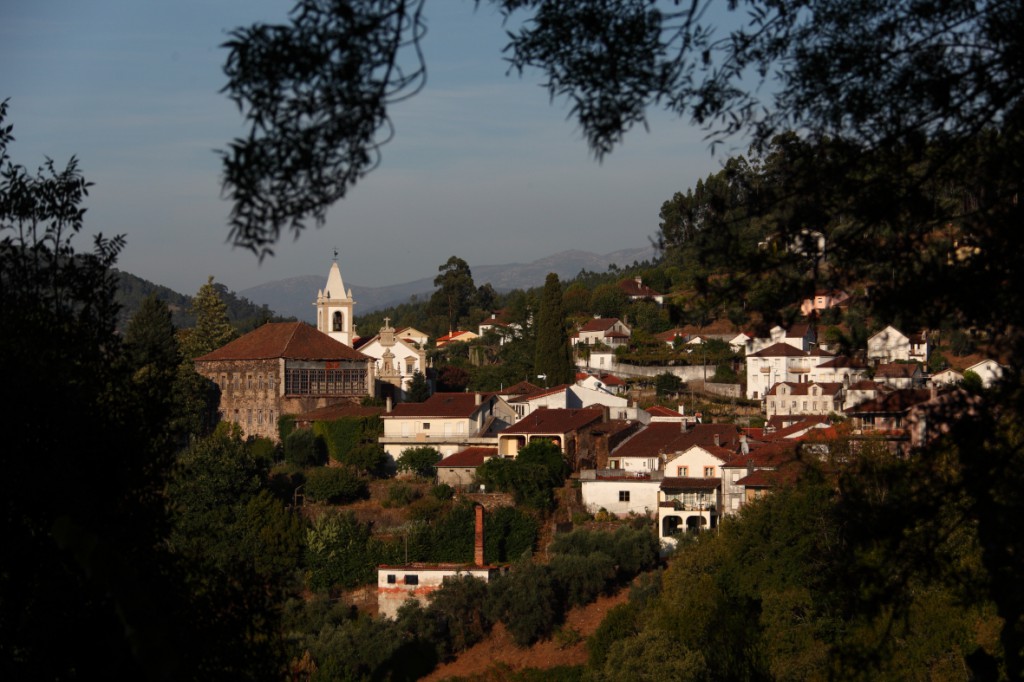
Zêzere
Álvaro
It extends along the hillside overlooking the river Zêzere, stays on the Bayou Cabril, considered one of the white villages of the network, this is rich in religious heritage, as it hosted an important settlement of the Order of Malta. Appealing to a small path that portrays the sacred art, with paintings unique artifacts, with an image of Senhor dos Passos a Sanctum Renaissance or a dead Christ with the Holy Women and St. John the Evangelist.
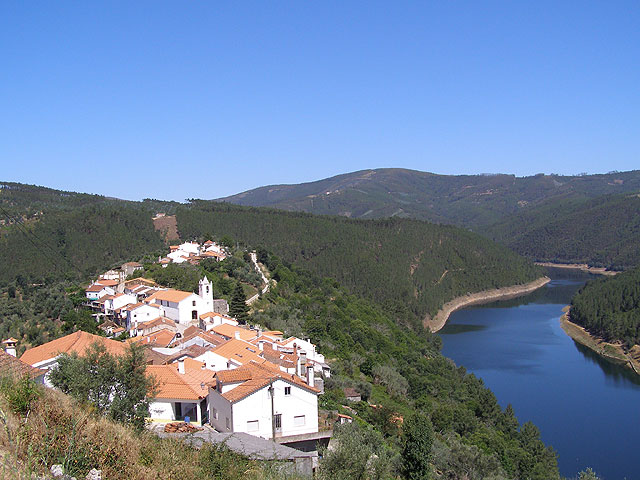
Barroca
The oldest part of the Baroque village is implemented over a hill, flanked by two water lines, retaining its rural aspect designed by farmland. An important heritage to highlight is the Big House, an ancient manor of the eighteenth century, which currently runs the Dinamizador Center Schist Villages. The landscape that surrounds is concentrated in pine forests and heaps pyramids of Lavaria Cabeço the Top, which once belonged to the Mines Panasqueira.
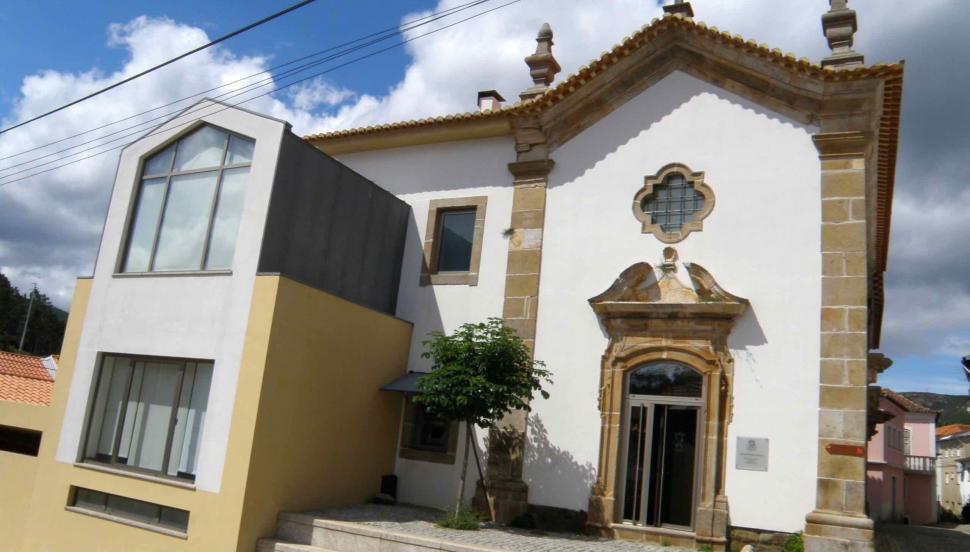
Janeiro de Baixo
Here the river Zêzere skirted the rocky barrier which houses a mill of the village and below its banks offer a beach with an extensive beach. In this village stands the religious heritage and rustic and rural architectural typical of the Schist Villages. Nearby, is the dam of Sta. Lucia.
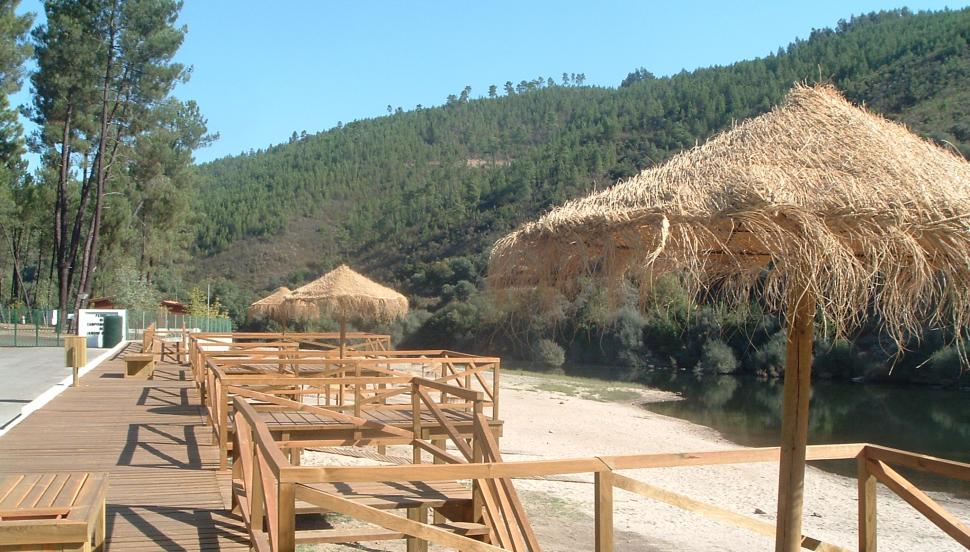
Janeiro de Cima
On the left bank of the Zêzere, this village appears an almost flat area that gets involved by agricultural land, while the village is blessed by an urban area schist with round pebbles and white, with winding streets, that among these is the House of weavers that reinvents tradition and allows a journey through time.
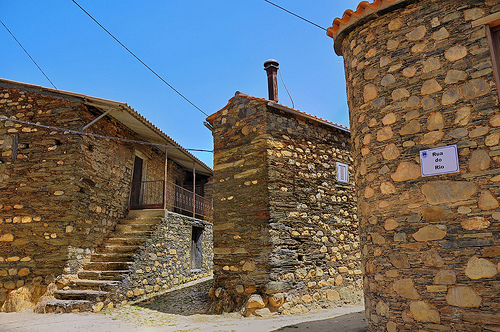
Mosteiro
A village that revolves makes the water element, enjoying a beach even within the village and farmland surrounding it. Developing on the right bank of the river Pera, the village flora in the fertility of the fields and the construction of an urban fabric that takes the best of water.
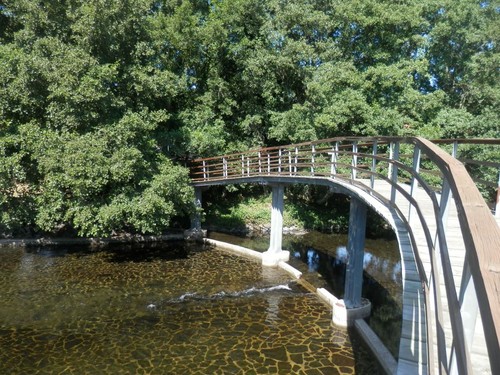
Pedrógão Pequeno
On the left bank of the Zêzere, a few kilometers from Pedrógão Grande and Dam Cabril, this schist village allowed to decorate the grand granite stonework in their doors and windows. Looking for the highest viewpoint of Mount Lady of Trust, to get a unique view but also a plate of fish soup.
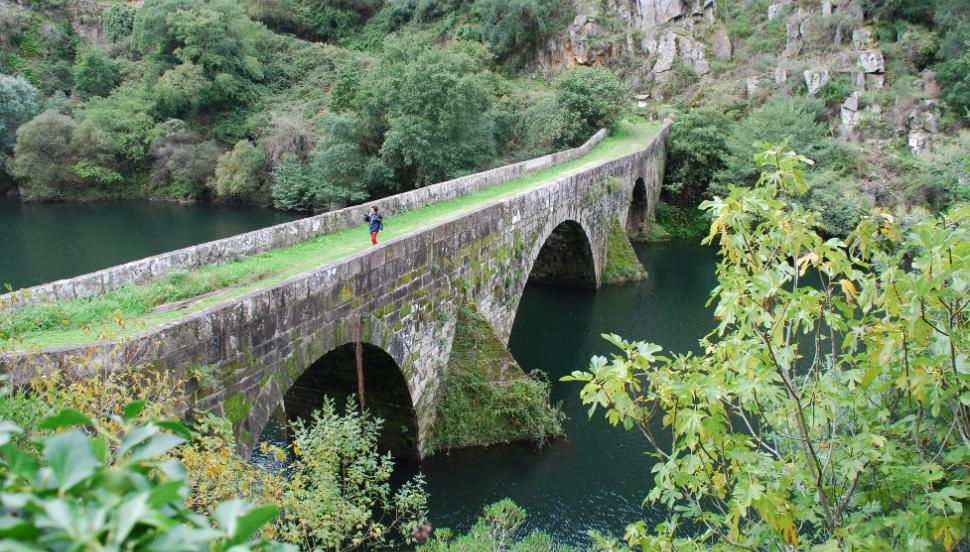
Tejo-Ocreza
Água Formosa
A little more than ten kilometers from the geodesic center of Portugal, this village comes from Ribeira da Corga and the Ribeira da Galega in a sunny hillside. Keeping their traditions, including wood-fired ovens, this village has attracted new residents, with the rehabilitation of houses.
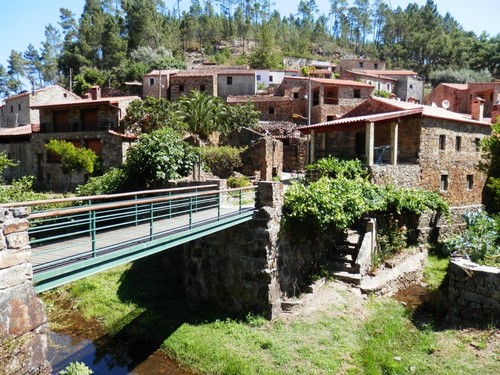
Figueira
A typical village where the chickens are let loose and goats accompany them, in the distance you hear the cart carrying hay to feed or firewood for cooking in ovens, that Grandma’s bread. A flat and easy movement margin, the core is hidden in the tangle of streets that offer a view also to the green mantle of agricultural land, where they grow olive trees, which provide the name of “green gold” to the village.
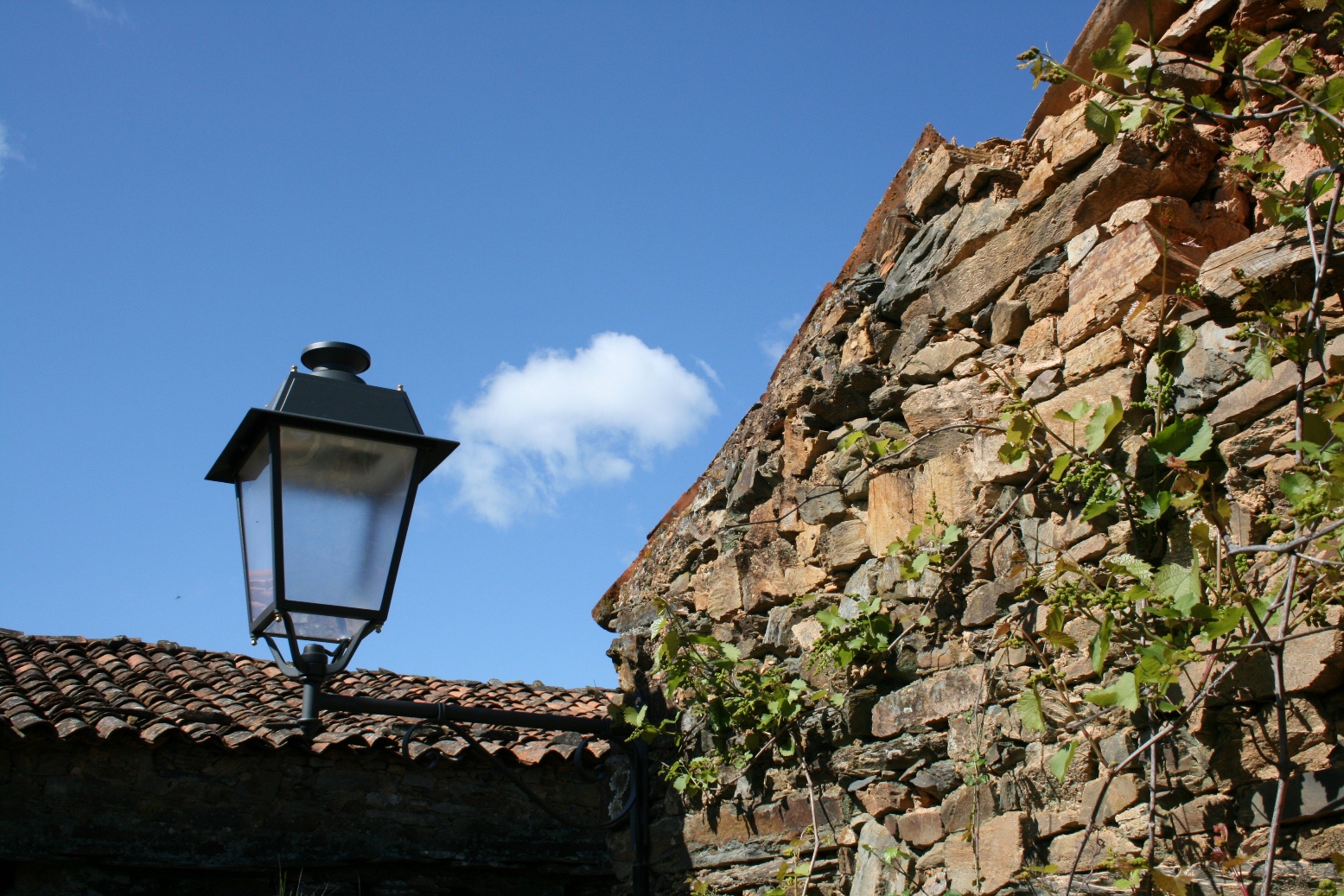
Martim Branco
Those who visit this village retains only a moment, the taste of bread made in the wood oven, which in this act, the eyes open and see the surrounding landscape of Almaceda riverside that echoes with the song of nightingales. In schistose urban fabric that leaves accompanied by some granites in their doors and windows. Here the authenticity of a village is the epitome of the local experience.
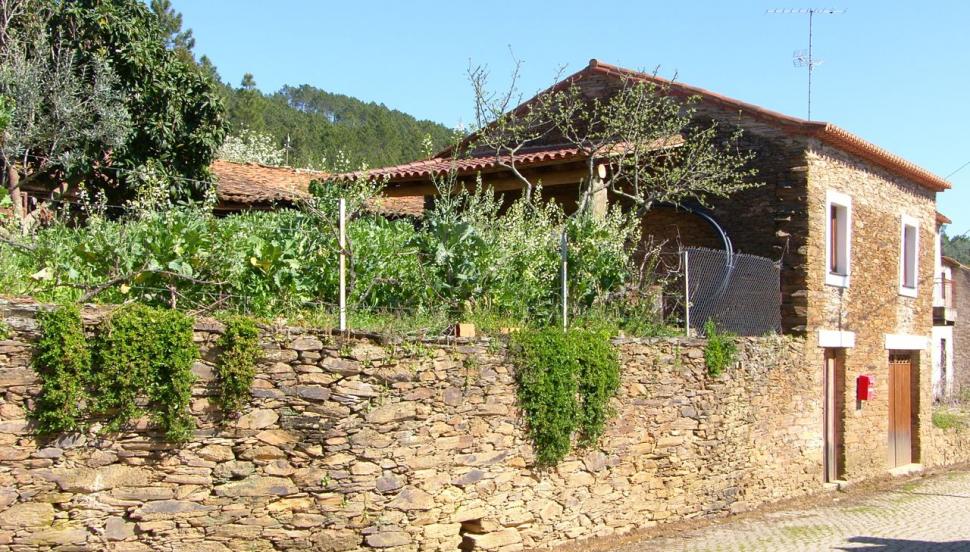
Sarzedas
Distinguished by color traits that contrast with the facades of plastered houses, which are on the road to the village fountain, this village, belonging to the Schist Villages Network, is the county seat. This highlights to the Pelourinho are required, Largo, churches and chapels that stand out the urban area, its layout and great volume. Along the main church of the village, in the Alto de San Jacinto, is the Belfry with its bell tower, where modern reading activities are developed.
